The ones I had mostly had localized soft spots but I had small beads of water from trying to get the last bit of oil. That is why I am so sure my problem was water.
If your problem is water, it must be suspended in the oil. It sure looks like whatever is causing it is uniformly distributed.
I never lnow
Yeah, I'm not sure either...

One thing I did notice, the mixture of EVOO, LL, and CCO, once mixed, resolved into a khaki coloured mix, rather than the usual black colour. I'm going to wait while she tests out the frozen caps to see how they work... and, when I make a new batch, I'll be doubly careful about water.





 Malawi it is.
Malawi it is. 


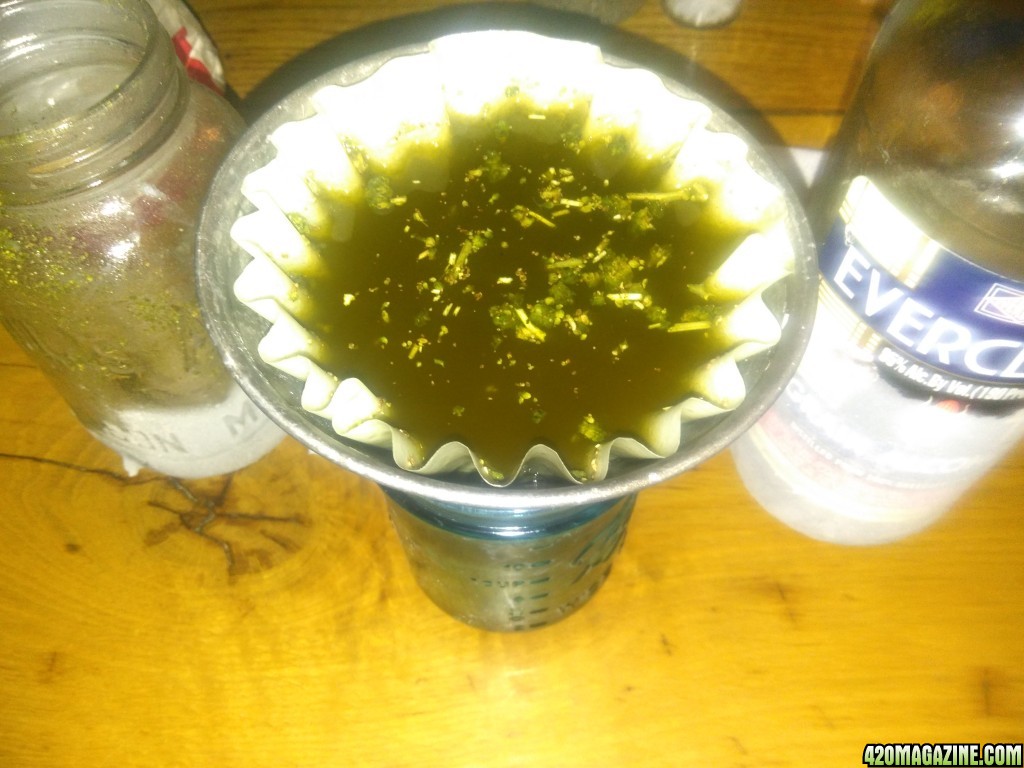
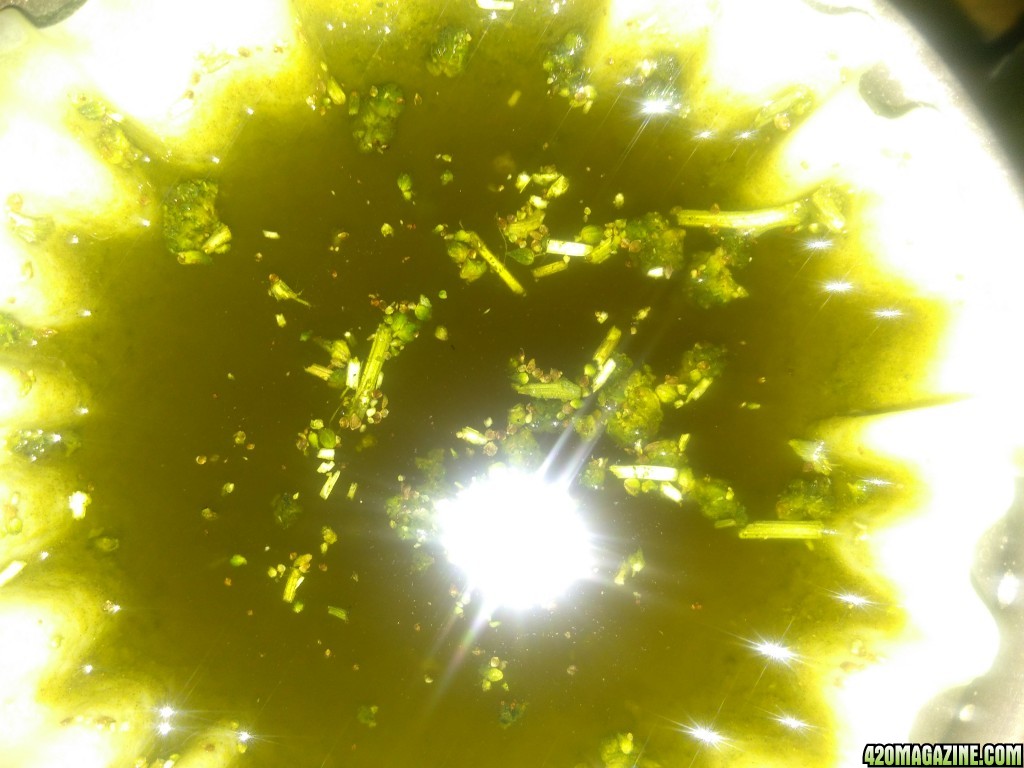
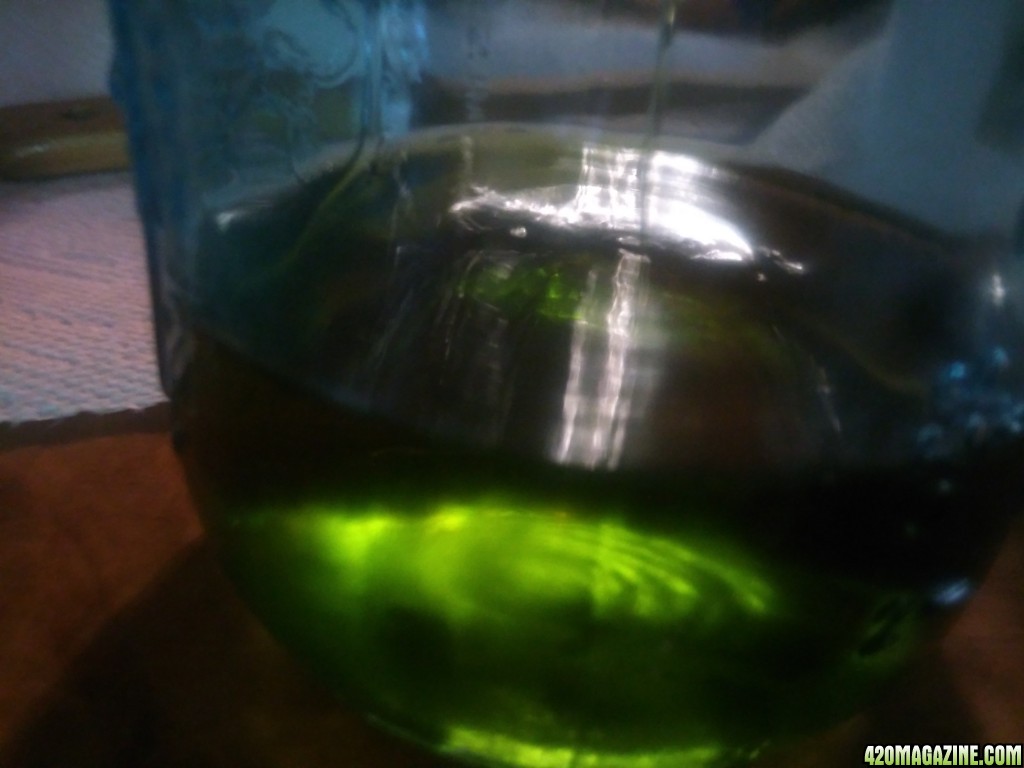
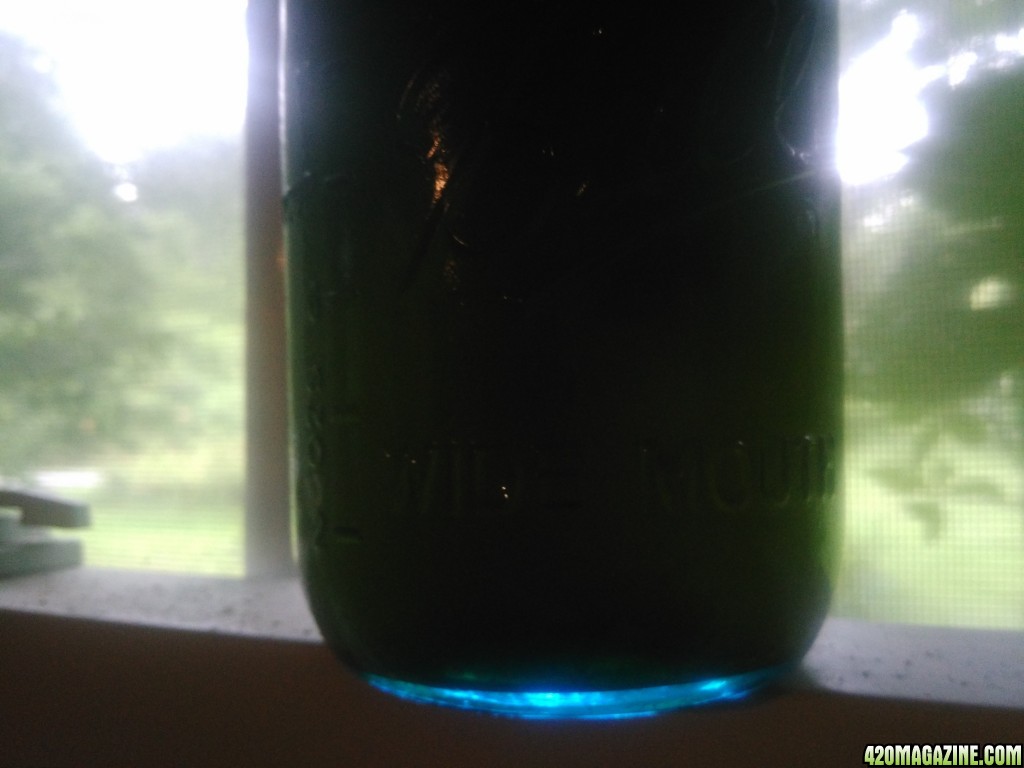
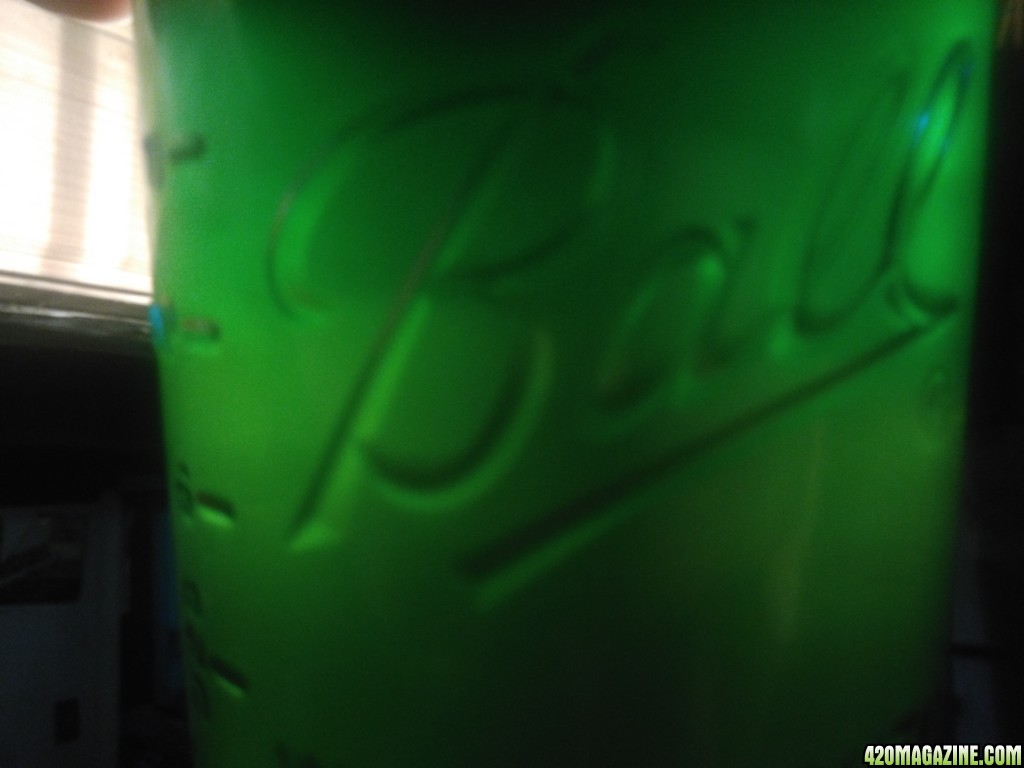
 At first I thought "Too green...." then realized it was through blue glass. Perfect. You're getting to be an old hand at this.
At first I thought "Too green...." then realized it was through blue glass. Perfect. You're getting to be an old hand at this. 
